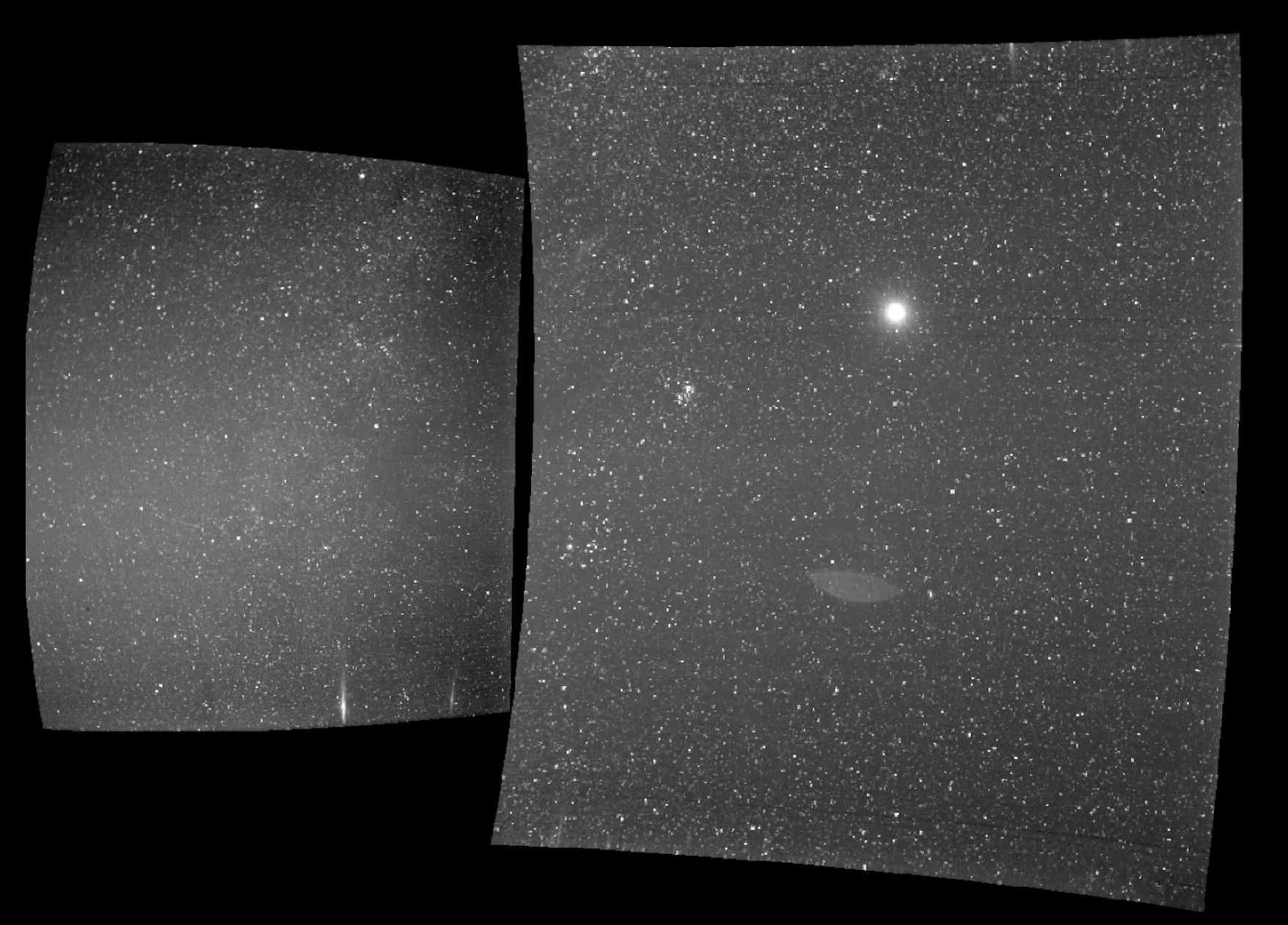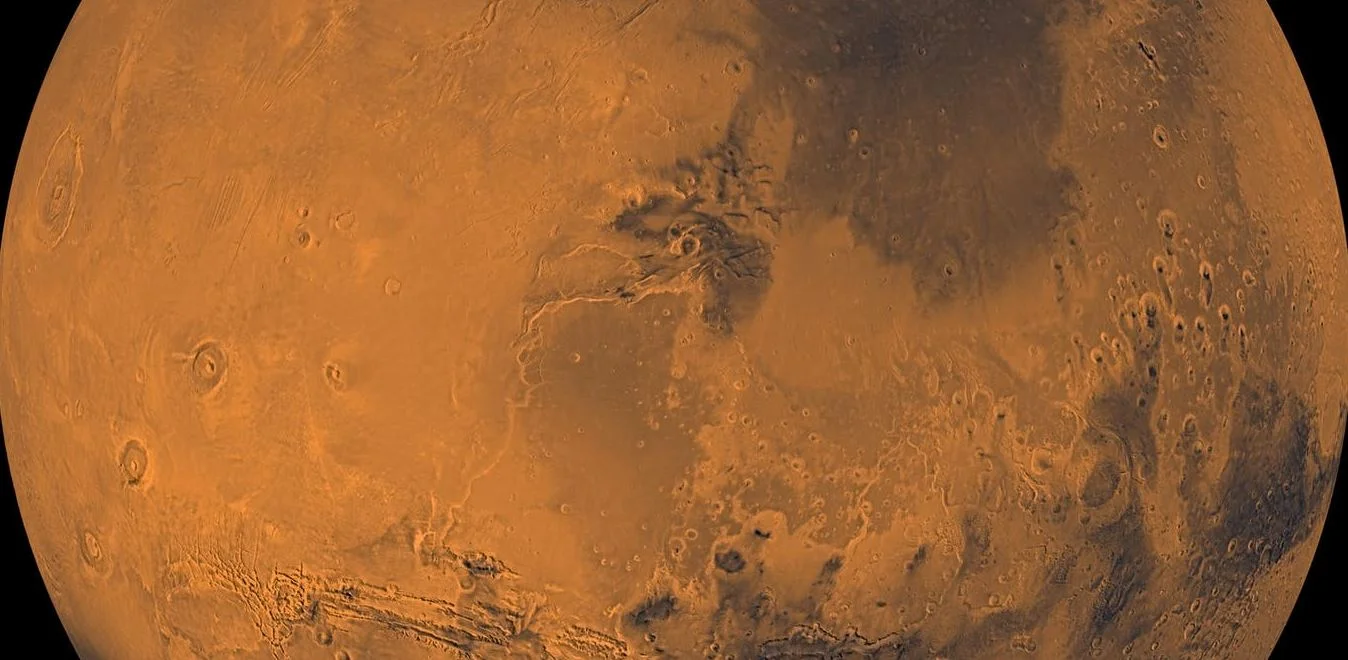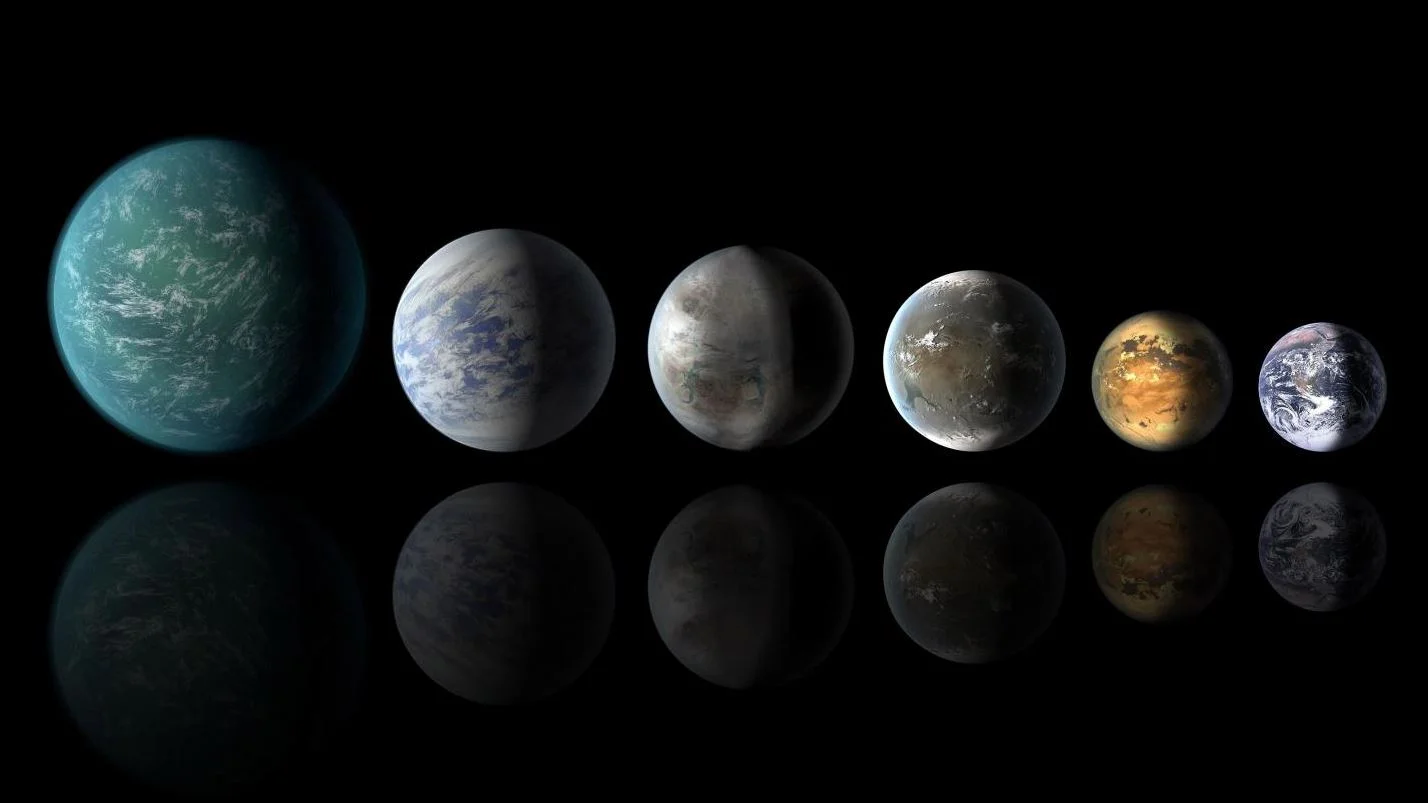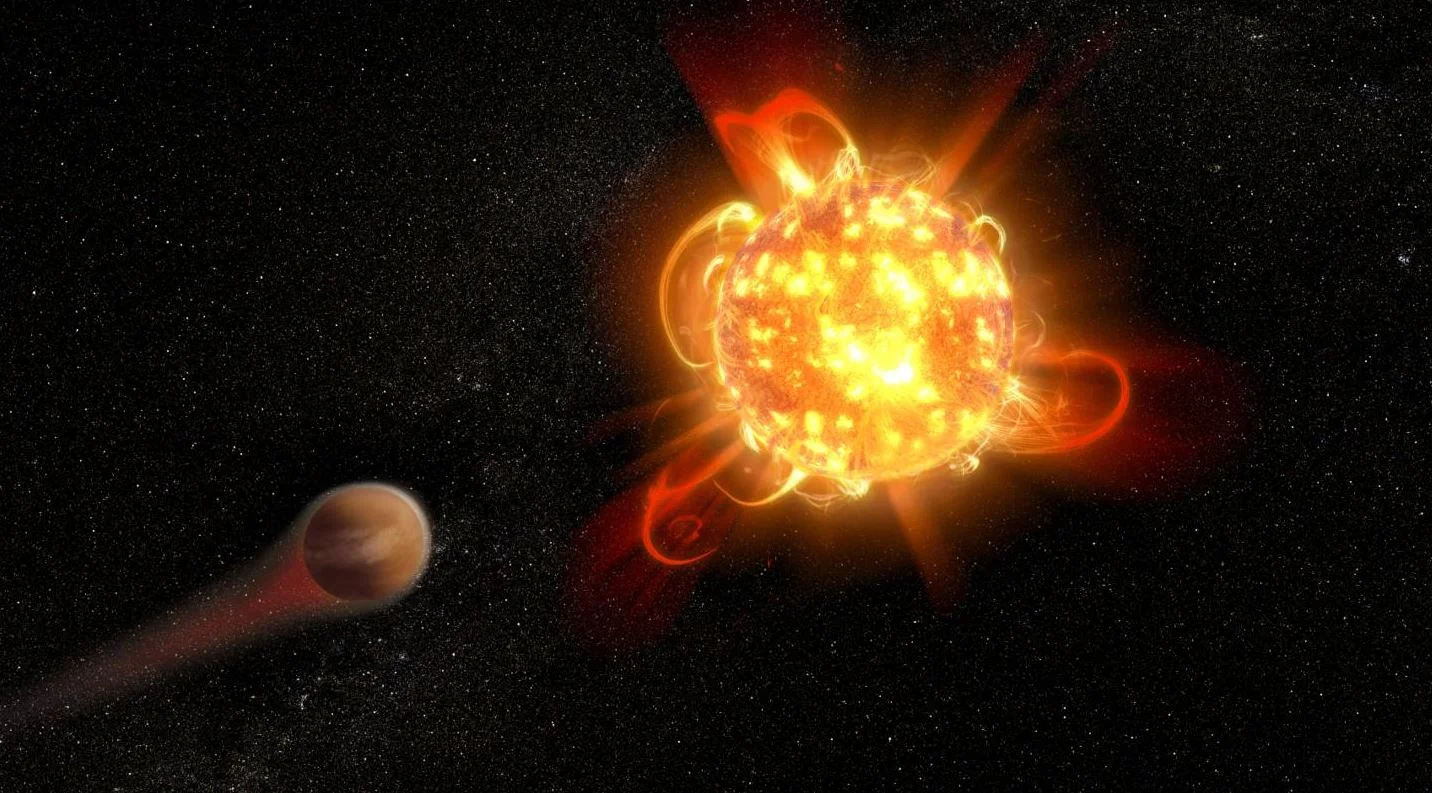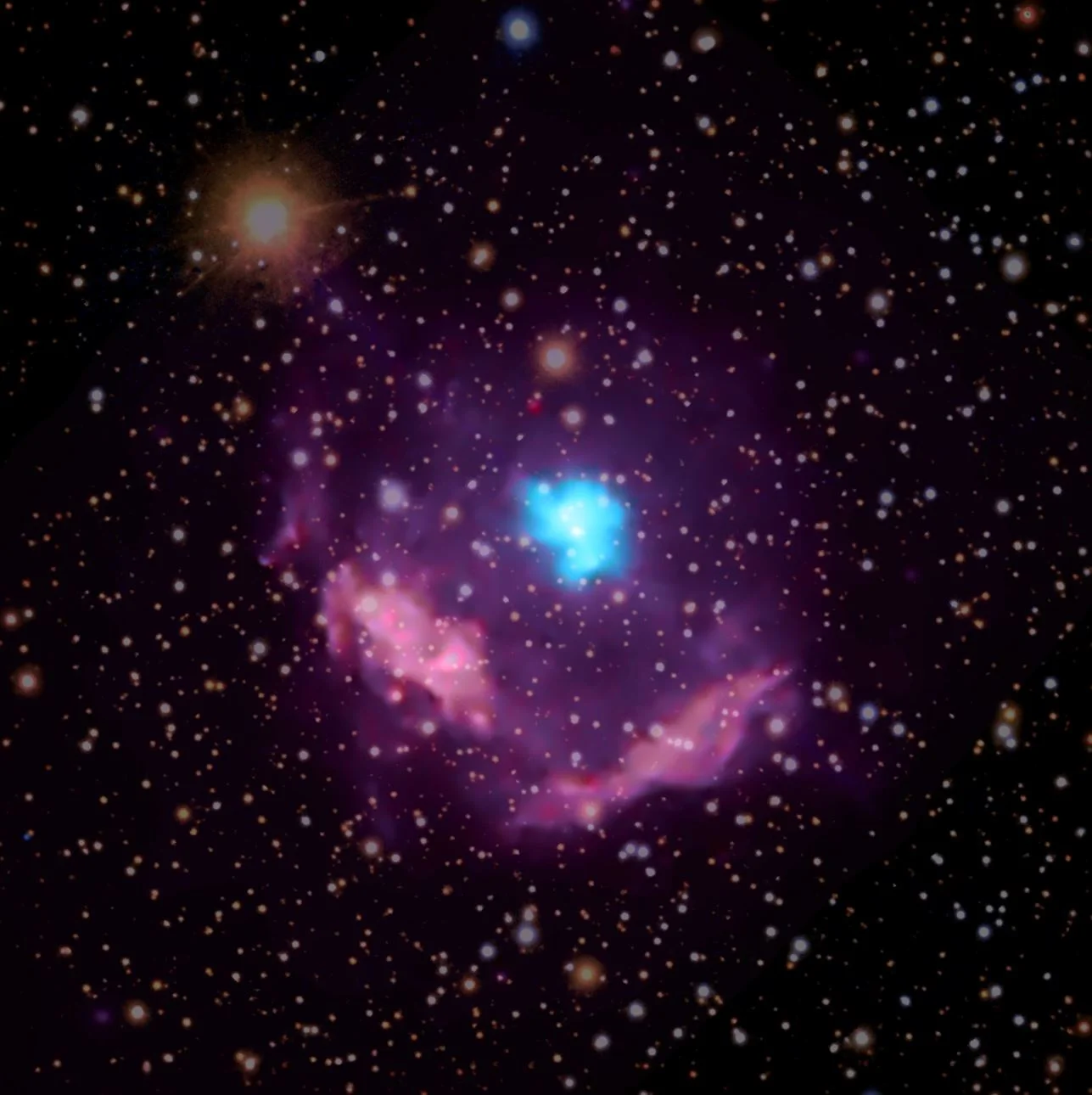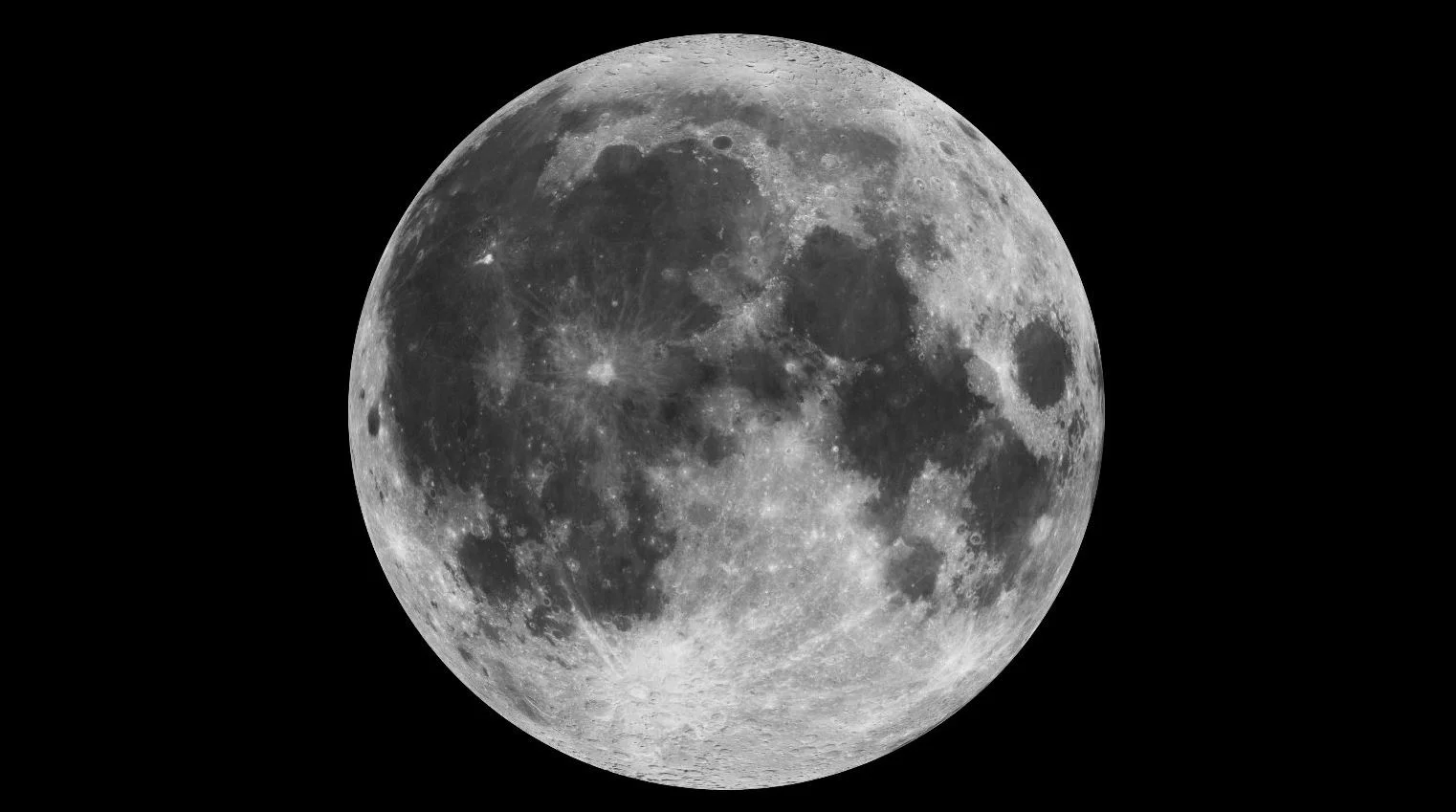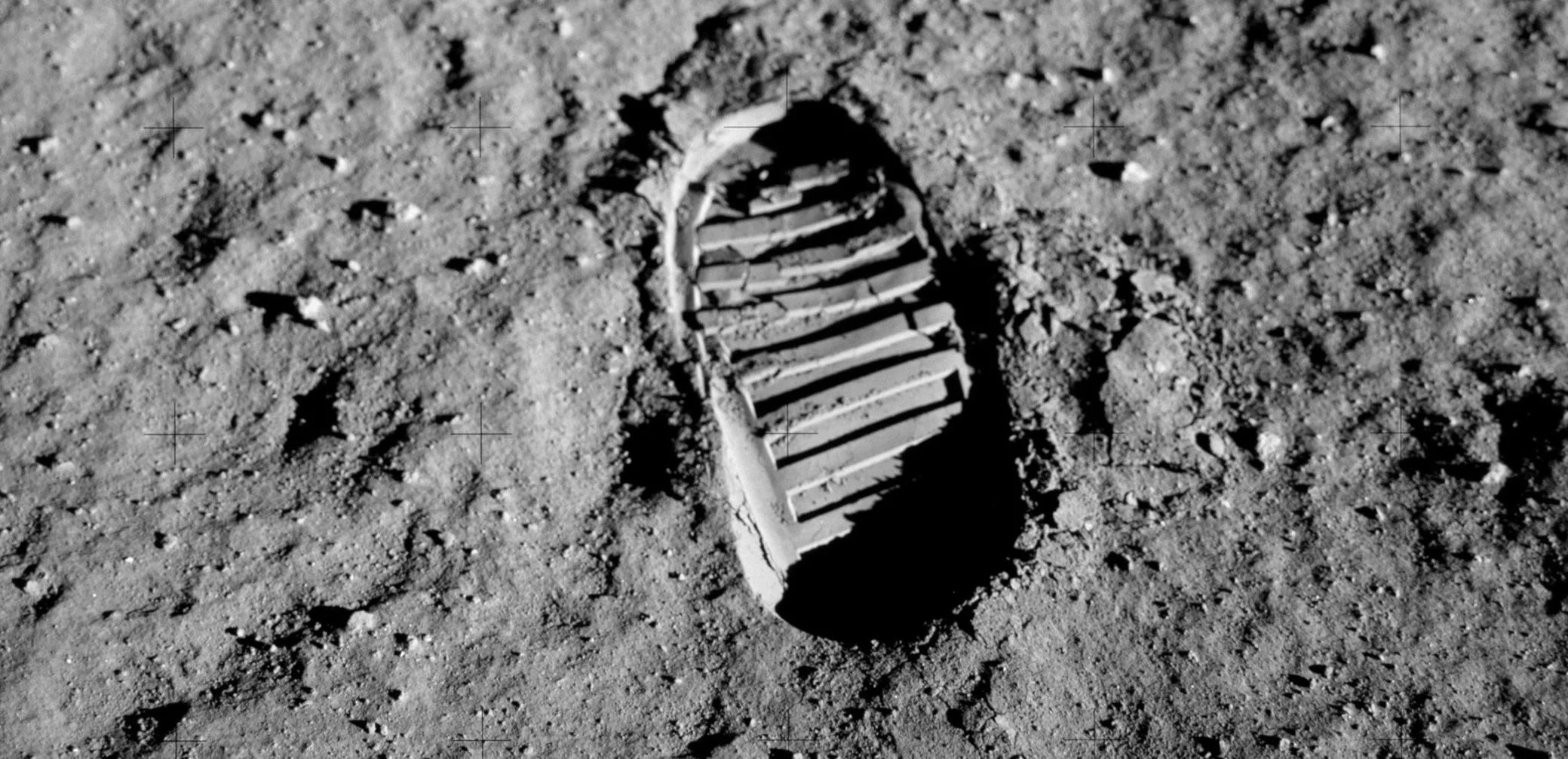On Sept. 25, 2018, Parker Solar Probe captured a view of Earth as it sped toward the first Venus gravity assist of the mission. Earth is the bright, round object visible in the right side of the image.
Sponges from Mars? Study suggests water on the red planet could support life
Mars has long been thought of as dry and barren – unable to harbour life. But research over the past few years indicates that there is most likely some briny water present there today, including a possible subsurface lake. This has led to new hopes that there could actually be life on the red planet after all, depending on what the conditions are like in the water.
To Find Evidence of Life on Exoplanets, Scientists Should Search for “Purple Earths”
What would it take to build a tower as high as outer space?
The human desire to create ever bigger and more impressive structures is insatiable. The pyramids of Ancient Egypt, the Great Wall of China and the Burj Khalifa in Dubai – now the tallest edifice in the world at over 828 metres (2,722 ft) – are a consequence of pushing engineering to its limits. But huge buildings aren’t just monuments to human ambition: they might also hold the key to humanity’s progress in the space-faring age.
How forensic science has helped rediscover forgotten apples
It’s been a good year for apples. Across Europe the apple harvest is the biggest it has been for a decade. But the handful of apple types you see on supermarket shelves only tells part of the story. There are actually 7,500 varieties of eating apple grown all over the world, and growers and scientists are making efforts to conserve and extend this.
How rare minerals form when meteorites slam into Earth
A Red Dwarf Blasts off a Superflare. Any Life on its Planets Would Have a Very Bad Day
A Goblin could guide us to a mystery planet thought to exist in the Solar system
Kes 75: Milky Way's Youngest Pulsar Exposes Secrets of Star's Demise
NASA Calls for Instruments, Technologies for Delivery to the Moon
From peaceful coexistence to potential peril: the bacteria that live in and on us
Would a Space Force mean the end of NASA?
Magnetic Fields May Be the Key to Black Hole Activity
Parallel jets provide astronomers with some of the most powerful evidence that a supermassive black hole lurks in the heart of most galaxies. Some of these black holes appear to be active, gobbling up material from their surroundings and launching jets at ultra-high speeds, while others are quiescent, even dormant.
Largest Galaxy Proto-Supercluster Found - Astronomers using ESO’s Very Large Telescope uncover a cosmic titan lurking in the early Universe
An international team of astronomers using the VIMOS instrument of ESO’s Very Large Telescope have uncovered a titanic structure in the early Universe. This galaxy proto-supercluster — which they nickname Hyperion — was unveiled by new measurements and a complex examination of archive data. This is the largest and most massive structure yet found at such a remote time and distance — merely 2 billion years after the Big Bang.
Surprising Discovery. Four Giant Planets Found Around a Very Young Star
What exactly is a “normal” solar system? If we thought we had some idea in the past, we definitely don’t now. And a new study led by astronomers at Cambridge University has reinforced this fact. The new study found four gas giant planets, similar to our own Jupiter and Saturn, orbiting a very young star called CI Tau. And one of the planets has an extreme orbit that takes it more than a thousand times more distant from the star than the innermost planet.
Even Ganymede is Showing Tectonic Activity. We’re Going to Need Another Icy Moon Orbiter
Ganymede was shaped by pronounced periods of tectonic activity in the past, according to a new paper. It’s no longer active and its surface is more-or-less frozen in place now. But this discovery opens the door to better planning for future missions to Jupiter’s other frozen moon Europa. Unlike Ganymede, Europa is still tectonically active, and understanding past geological activity on Ganymede helps us understand present-day Europa.
The best foods to eat for a good night’s sleep
As life expectancies rise, so are expectations for healthy aging
Artist is Planning to Launch a Giant, Unfolding Structure That’ll be Bright in the Sky For a Few Months
One of the most cited reasons and benefits of space exploration is the way it brings people together. Think of iconic moments, like the Moon Landing or the launch of Yuri Gagarin (the first man to go into space), and the impact they had on their respective generations. Looking to the future, there are many who hope to use space exploration to bring people from all walks of life and nationalities together again.
How we solved a centuries-old mystery by discovering a rare form of star collision
A bright new star appeared in the sky in June, 1670. It was seen by the Carthusian monk Père Dom Anthelme in Dijon, France, and astronomer Johannes Hevelius in Gdansk, Poland. Over the next few months, it slowly faded to invisibility. But in March 1671, it reappeared – now even more luminous and among the 100 brightest stars in the sky. Again it faded, and by the end of the summer it was gone. Then in 1672, it put in a third appearance, now only barely visible to the naked eye. After a few months it was gone again and hasn’t been seen since.

